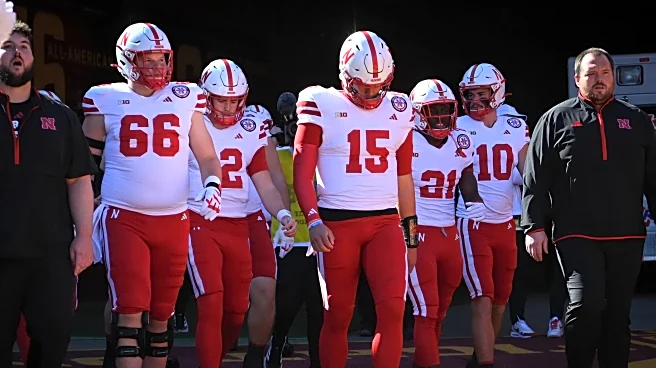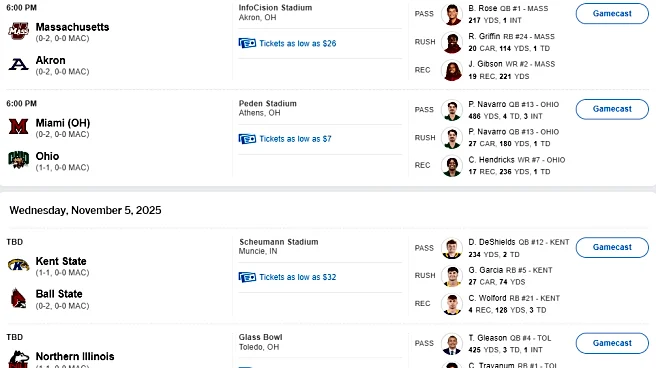What is the story about?
What's Happening?
The United States Department of Agriculture (USDA) has announced the discontinuation of the Farm Labor Survey (FLS), a tool historically used to set the Adverse Effect Wage Rate (AEWR) for agricultural workers. The decision was made public through a notice in the Federal Register, highlighting the survey's outdated nature and its inadequacy in addressing current agricultural and labor conditions. This move follows a recent court decision in Louisiana that vacated the Department of Labor's 2023 AEWR Methodology rule. Agricultural industry associations, such as the Florida Fruit & Vegetable Association (FFVA) and the Georgia Fruit & Vegetable Growers Association (GFVGA), have expressed support for the USDA's decision, citing the inflated wage rates as a strain on growers, pushing some out of the industry.
Why It's Important?
The discontinuation of the Farm Labor Survey is significant for the agricultural sector, particularly for specialty crop growers in states like Florida and Georgia. The AEWR, which has seen substantial increases in recent years, has been criticized for not reflecting market realities, thereby impacting the sustainability of farming operations. By removing the FLS, the USDA is addressing concerns about unfair wage rates that have made programs like H-2A unsustainable for many growers. This decision could lead to a reassessment of wage rate methodologies, potentially easing financial pressures on agricultural businesses and helping to stabilize rural economies.
What's Next?
The USDA's decision may prompt the Department of Labor to reevaluate what constitutes an adverse effect in wage rate calculations. Industry leaders are urging for a comprehensive review and implementation of a new system that aligns with modern agricultural practices. This could involve consultations with stakeholders to develop a fair and sustainable wage rate framework. The outcome of these discussions will be crucial in determining the future of labor costs in agriculture and the viability of programs like H-2A.
AI Generated Content
Do you find this article useful?
















